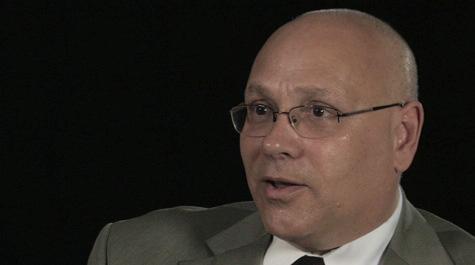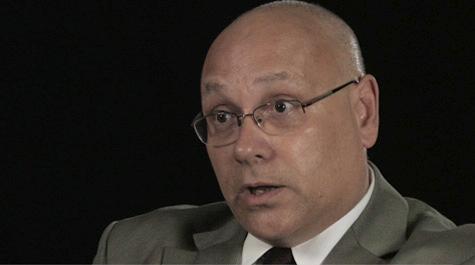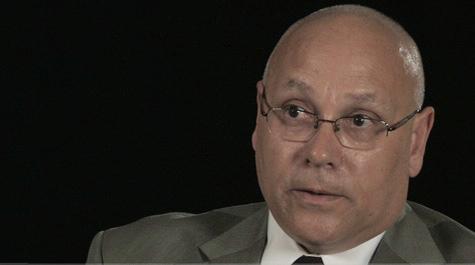Manos: The research imperative at W&M
His belief is expressed in the design of the three-phase Integrated Science Center being constructed on campus. Phase 1 of the ISC, which opened for the Winter 2008 semester, brought together the College’s chemistry and biology departments. Phase 2 and phase 3 are designed to further the push toward integrated spaces that will facilitate inter-departmental conversations and cross-disciplinary collaboration. (See Governor tours ISC).
“I tend to see the ISC as a progression in the trend of how we do business in the sciences at William and Mary,” Manos explained. “That trend is away from the isolated, individual investigator working on one or two problems in a narrowly defined discipline toward engagement in solving larger-scale problems through teamwork.”
In practical terms, Manos suggested that integrated science becomes visible when one mentally deconstructs the overlapping care provisions in a modern hospital or the profusion of digital gadgets routinely available on cars today.
“On the street, integrated science occurs in every hospital; patients are complicated things and diagnosing and treating their ailments requires a confluence of many separate skills and disciplines,” Manos said. “It also occurs in nearly every consumer product from airplanes to automobiles, and it is the very core of what will be needed in terms of alternative energies if our nation is to survive the crisis of peak oil, the effects of pollution on a global scale and the need for cradle-to-cradle materials to support a sustainable, continuously improving, style of life for all of our citizens.”
William and Mary is considered a “high-activity” research center among the nation’s universities, despite the absence of a medical or an engineering school at the College. “We definitely are playing in the big leagues,” Manos said. In order to continue to occupy a pre-eminent position, researchers at the College must utilize teamwork to enable them to solve the “big” problems, which Manos identified, in part, as “what allows human beings to self-reflect, what allows natural structures to self-assemble and what allows the emergence of structure from apparently chaotic, random statistical forms.”

















